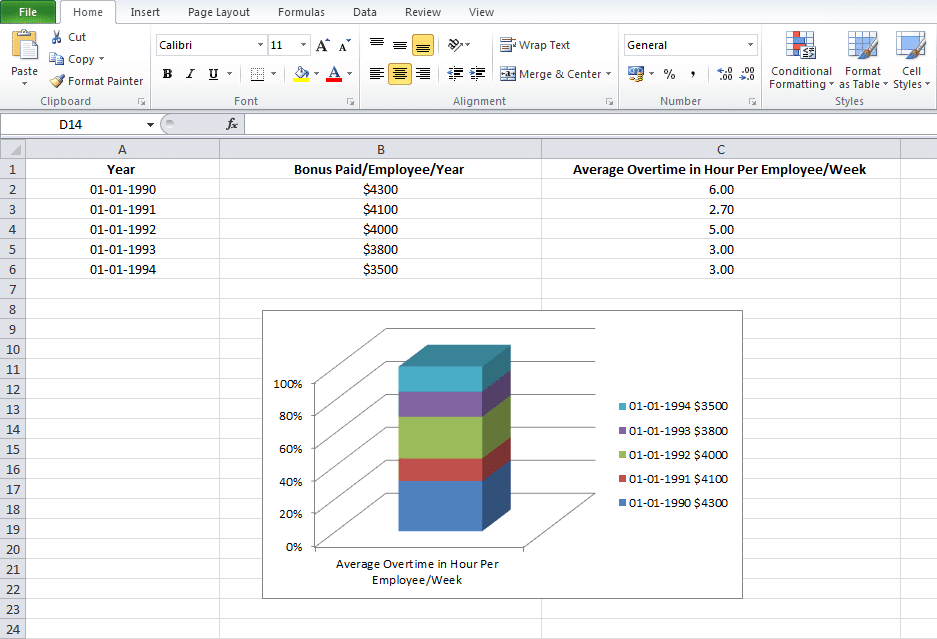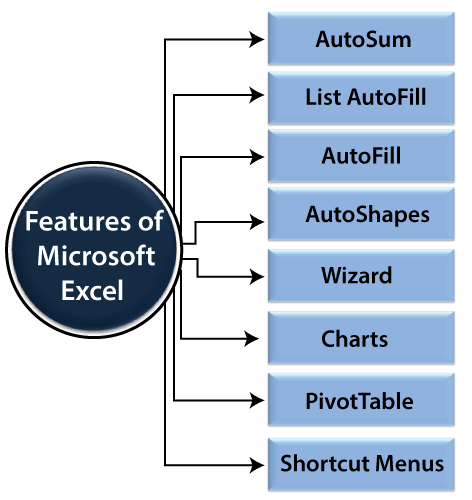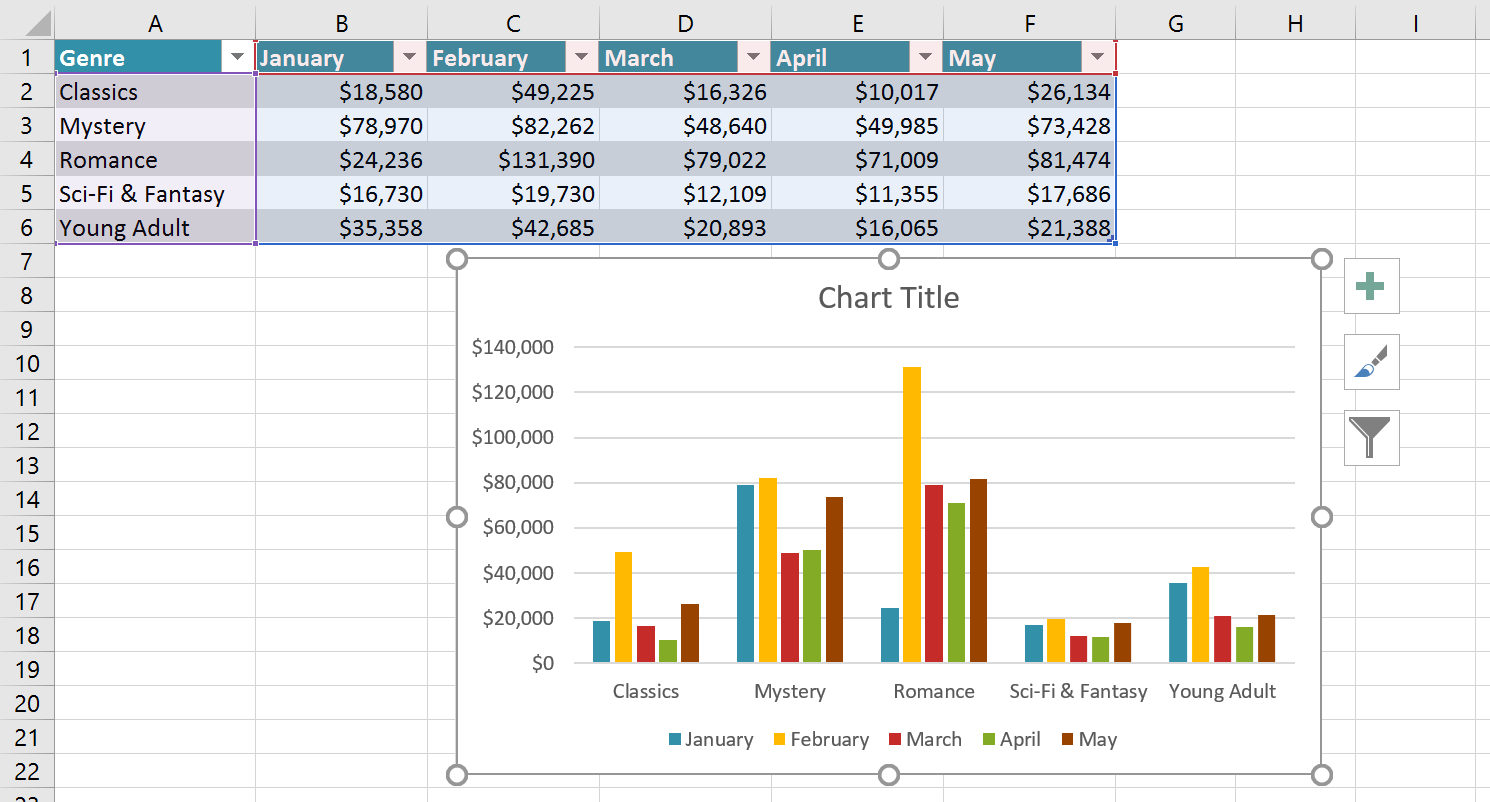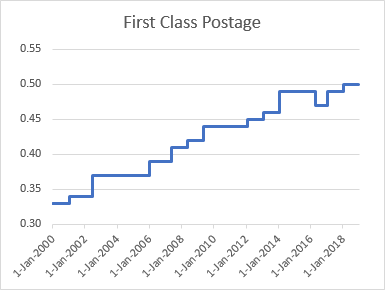




In the Select Data Source dialog, click Add button, then in the Edit Series dialog, select Control Line as the Series Name, and select the relative data into the Series values text box.Ĩ. Then right click on the line chart and click Select Data from context menu.ħ. Select Date and Sample Measure columns and click Insert > Line > Line to insert a line chart. Under Below Control Line column, type =$H$1-($H$2*3) ($H$1 is the average result and $H$2 is the standard deviation result), then drag the auto fill handle to the range you need.ĥ. In the first cell below Up Control Line column, cell D2, type this formula =$H$1+($H$2*3) ($H$1 is the average result and $H$2 is the standard deviation result), then drag the auto fill handle to the range you need.Ĥ. Then go to the Control Line column, and in the first cell below the header, cell C2, type this formula =$H$1 (cell $H$1 is the average result), and drag the fill handle to fill the data range you need.ģ. In the above formulas, B2: B32 is the base data range.Ģ. Note: In Excel 2007, please enter this formula =STDEV(B2:B32) to calculate the standard Deviation. Select a blank cell next to your base data, and type this formula =AVERAGE(B2:B32), press Enter key and then in the below cell, type this formula =STDEV.S(B2:B32), press Enter key. Firstly, you need to calculate the mean (average) and standard deviation. Now please follow the steps to finish a control chart.ġ. This tutorial introduces the detailed steps about creating a control chart in Excel.įor example, you have below base data needed to create a control chart in Excel Control chart, also known as Shewhart chart or process-behavior chart, is widely used to determine if a manufacturing or business process is in a state of statistical control.


 0 kommentar(er)
0 kommentar(er)
